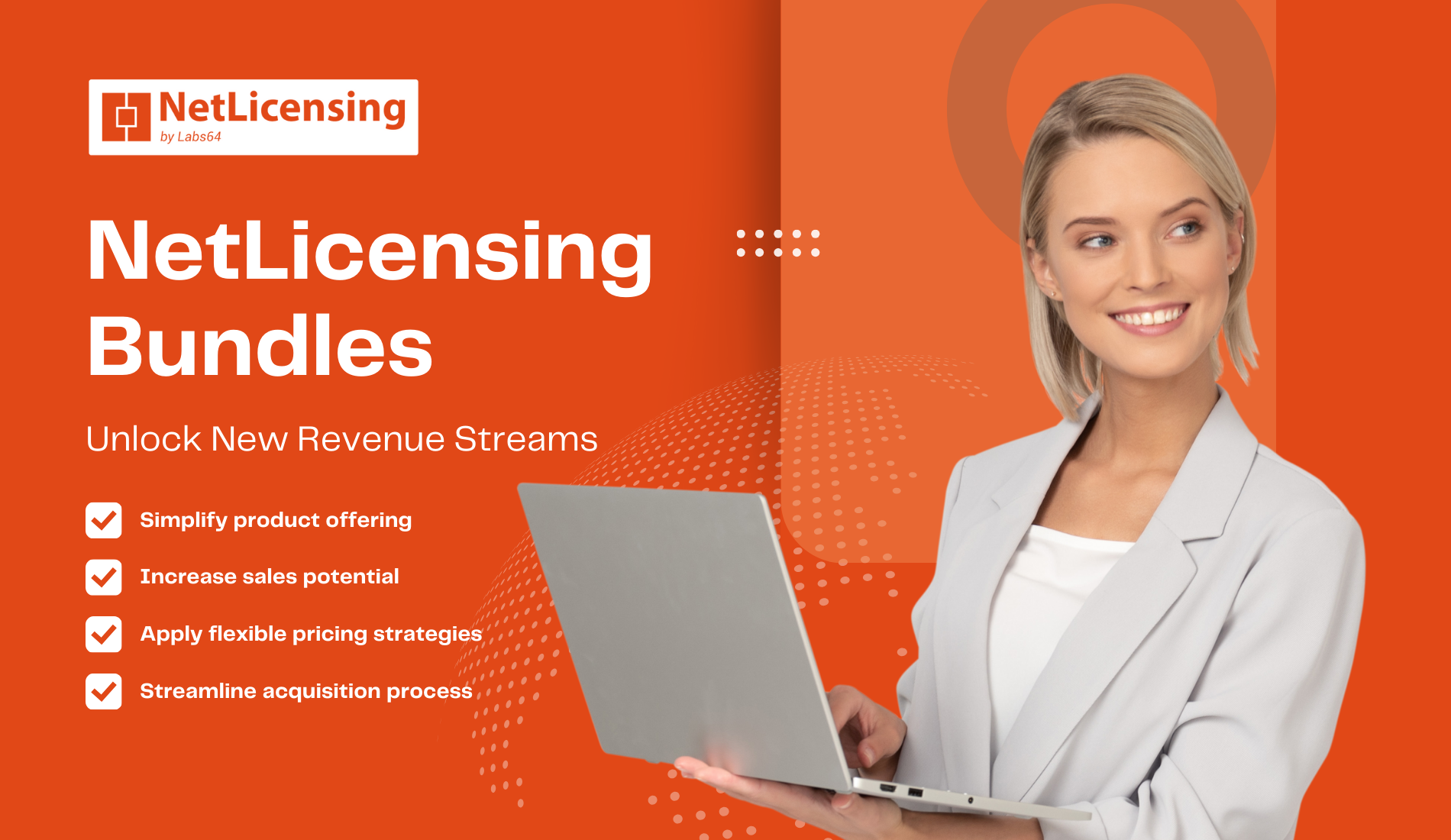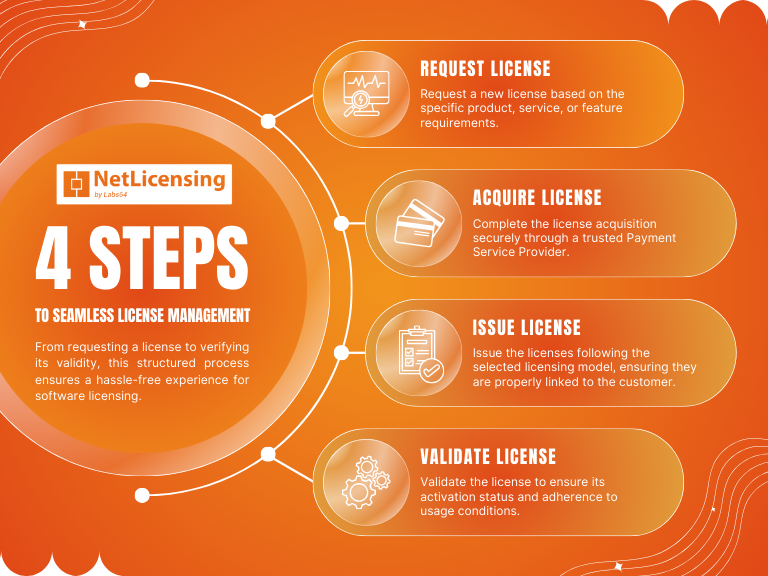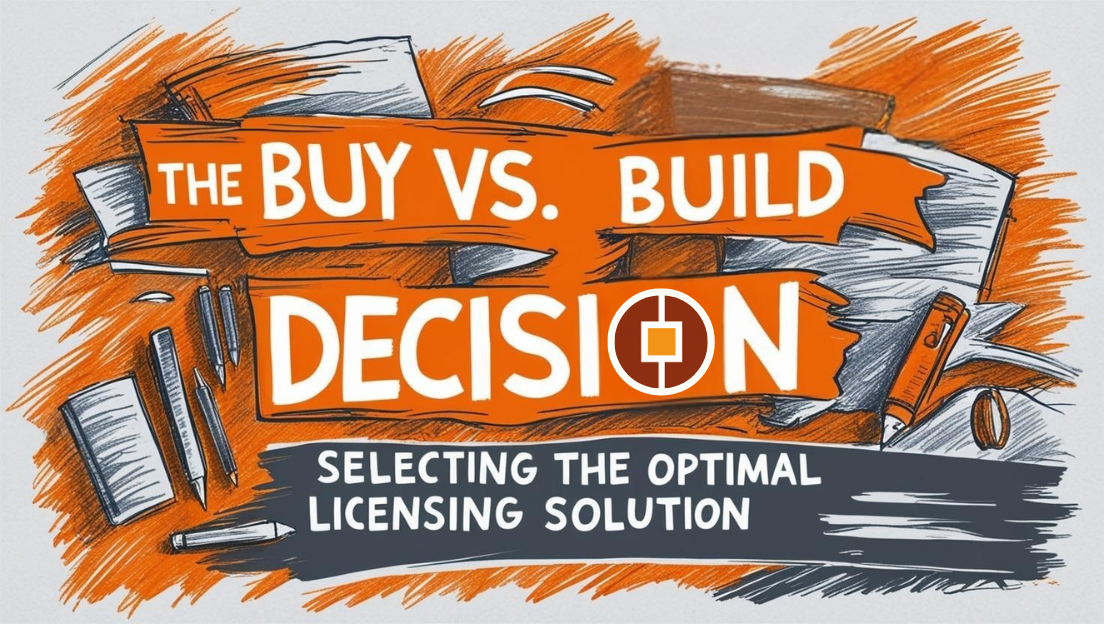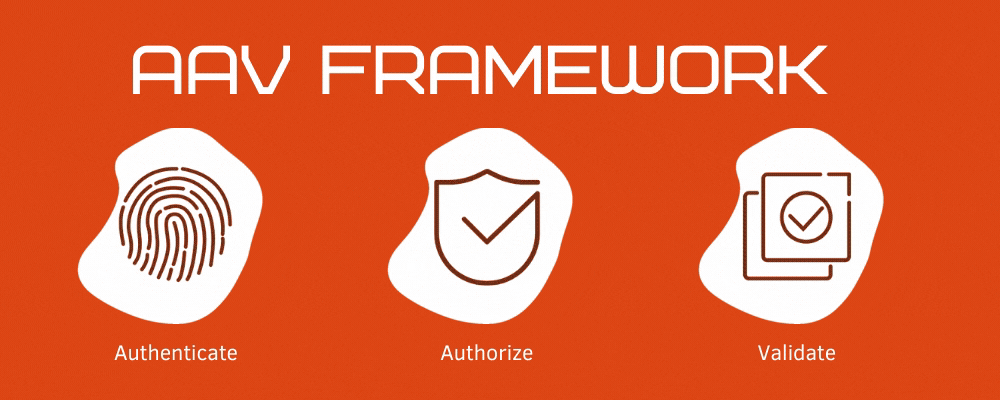Software Licensing Models – OEM, Time Limited and Upgrade Licenses
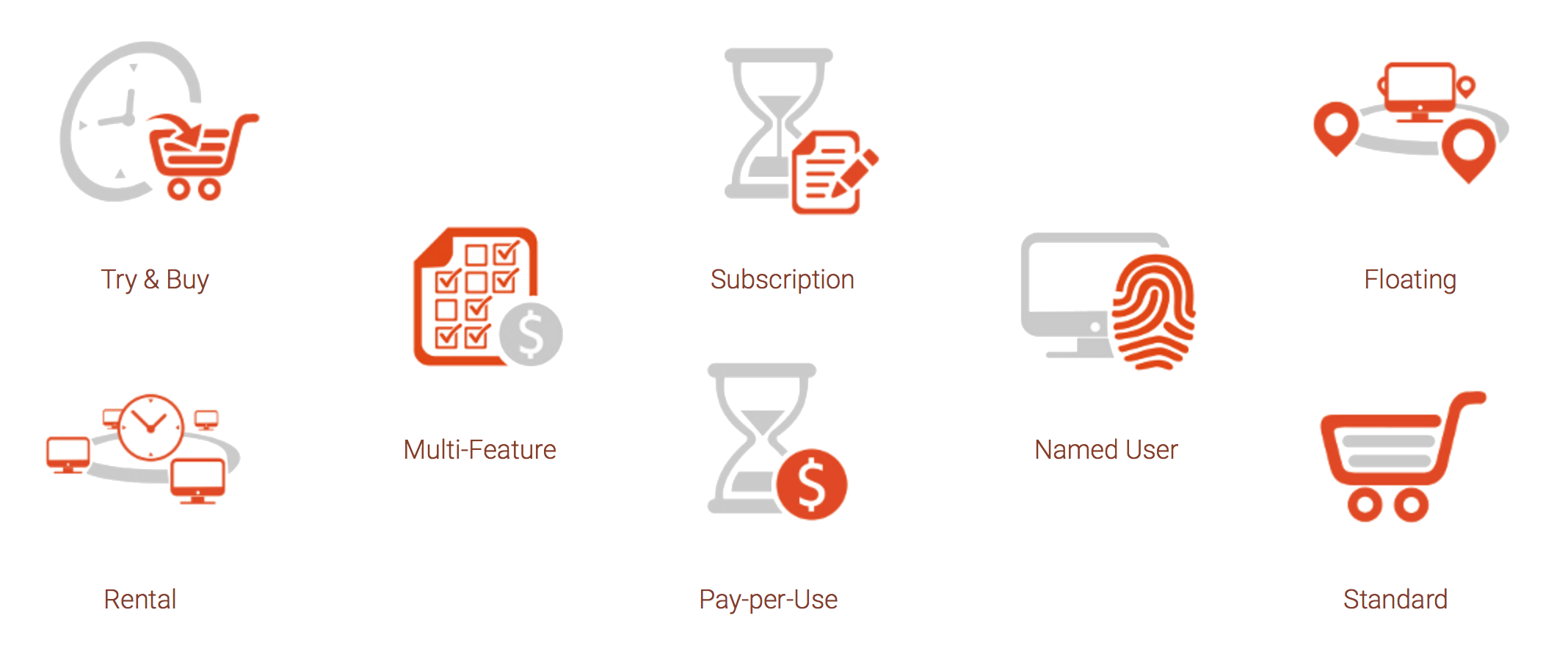
In this, our last article in our series on Software Licensing types, we will be looking at three final licensing types: OEM, Time Limited and Upgrade. The reason that these have been left to our last post that that they do not easily ‘fit’ within a certain group of license types and their uses are arguably esoteric. They have a limited field of use and are only useful to a small selection of end-users.
However, as we have said on numerous occasions throughout this series, there is no reason why you should not take the time to learn about different software licensing types because in your position as a vendor – an increased knowledge will only serve to benefit you and your business though an increased quality of service to your customers.
Time-Limited
In many ways, this license model is the most self-explanatory of all license types. They are defined by the fact that they are set with an expiry date after which the license is not automatically renewed. A common example of software which makes use of a Time-Limited License is Anti-Virus and Anti-Spyware software which almost always operates on a time-limited license basis. The end-user is forced to manually renew the license after 12 or 24 months depending upon which option they have chosen in the past.
As a vendor, this can be a very profitable means of marketing a license as it forces customers to renew their license after a set period, it is also beneficial to the developers as it means that they can continue to develop the software but only release updates to those users with a valid subscription.
OEM
OEM stands for ‘Original Equipment Manufacturer’ – they are the companies and individuals who design and build the hardware which then makes use of licensed software. They do not market the product, but instead they seek to obtain a license to distribute software as a part of the package. Thereby increasing the marketability of their products to retailers.
OEM Licenses are often used to allow hardware and software manufacturers to work together to market their products. Under the agreed terms the manufacturer will distribute their hardware i.e. a Laptop Series and each model will come with the software pre-installed and already licensed as a part of the package. If done properly, this can prove to be a very lucrative marketing strategy for both parties.
Upgrade
95% of available software, whether it is free or not will have a certain amount of updates which are released as a part of the package. However, when the developer releases an entirely new version of the software, it may be that the existing users are reluctant to pay out for an entirely new version of a piece of software which they already own – this is where upgrade licenses can become particularly enticing to the end-user.
There are also a number of benefits which upgrade licenses grant to the vendor; because they enable the user to have access to a pre-determined number of future releases of the software they can be justifiably more expensive than the usual license as they will obviously grant a longer usage period to the user. In order for upgrade licenses to be effective for you as a vendor, you need to carefully negotiate with the developer and ensure that you are not underselling the product.
We hope that you have enjoyed this series of articles on Software Licensing Models, and that you have learnt something! Our next subject is Licensing Metrics, what they are, how to use them, methods of measurement and more.
Image Credits: Labs64


